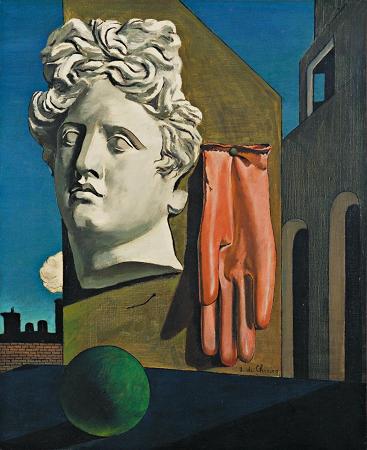Remedios Varo (1908 - 1963). Remedios Varo was a Spanish-Mexican surrealist painter celebrated for her mystical, dreamlike works. Her work is deeply rooted in surrealism, blending elements of mysticism, alchemy, science, and the occult. Her paintings often depict otherworldly scenes, with figures engaged in magical or scientific pursuits, conveying a sense of the inner journey and the subconscious. Forced to flee Spain due to the Spanish Civil War and later, Nazi-occupied France, Varo settled in Mexico, where she found both refuge and inspiration. She became part of Mexico's vibrant artistic community and formed close relationships with other exiled artists and writers, including Leonora Carrington, who shared her surrealist sensibilities. Varo’s work often includes a feminist perspective, subtly critiquing traditional roles and exploring themes of transformation, self-discovery, and autonomy. Her female figures are frequently portrayed in empowering, mystical roles, engaging in alchemical or cosmic explorations, representing her unique voice in the male-dominated surrealist movement. She was born on 16 December 1908 in Anglès, a small town in the province of Girona, in Catalonia. Remedios was named in honor of the Virgen de los Remedios as a remedy for an older sister's death. She had two surviving siblings, an older brother Rodrigo, and a younger brother Luis. Her mother, Ignacia Uranga y Bergareche, was born in Argentina to Basque parents and her father, Rodrigo Varo y Zajalvo, was from Córdoba in Andalusia. When Varo was a young child, her family moved frequently throughout Spain and North Africa to follow her father's work as a hydraulic engineer. While her father was a somewhat agnostic liberal who studied Esperanto, her mother was a devout Catholic and enrolled her in a strict convent school at the age of eight. Varo's father encouraged her artistic endeavors, taking her to museums and having her meticulously copy his diagrams. While in school, Varo was somewhat rebellious. She read authors such as Alexandre Dumas, Jules Verne, and Edgar Allan Poe, as well as mystical literature and Eastern spiritual works. As a teenager she became interested in dreams, writing stories which developed fantastical themes she would later explore in her art. In 1924, Varo enrolled at the prestigious Real Academia de Bellas Artes de San Fernando in Madrid, a school known for rigid and exacting training. Aside from the required classes, she took an elective class in scientific drawing. One of her instructors was Realist painter Manuel Benedito, from whom she learned traditional oil painting techniques. Much of the work she created from 1926-1935, particularly her academic paintings, has been lost; it is unknown what happened to those artworks. In the 1920s, the Surrealist movement was becoming popular with the Madrid art scene; the city hosted avant-garde intellectuals and artists such as Federico García Lorca, Luis Buñuel, Rafael Alberti, and Salvador Dalí. Varo became attracted to the surreal, finding inspiration in the works of Hieronymus Bosch, Francisco Goya, and El Greco which she visited at the Museo del Prado. Varo graduated from the Academia in 1930.
more...









